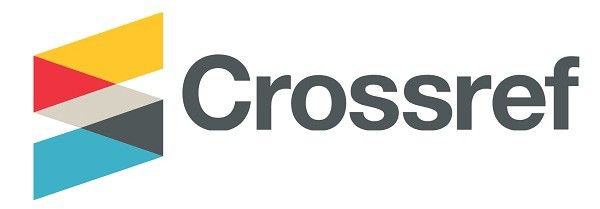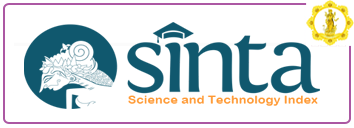KARAKTERISTIK KATEGORI ADOPTER DALAM DIFUSI PENGEMBANGAN MEDIA PEMBELAJARAN INTERAKTIF BERBASIS KOMIK DIGITAL SEBAGAI SARANA EDUKASI KESEHATAN MENTAL UNTUK MENCEGAH PERILAKU BULLYING DI SMA DHARMA PRAJ
DOI:
https://doi.org/10.25078/sa.v4i1.3228Keywords:
Kategori Adopter; Difusi: Komik DigitalAbstract
Increasingly rapid technological developments affect the way the younger generation interacts with the world around them. Excessive use of social media and easy access to information make the younger generation less accustomed to interpersonal conflict and make it difficult to cope with negative emotions. The younger generation today lives in a highly competitive and result-oriented society. The pressure to succeed in school, college, or career can make them feel depressed and make it difficult to cope with failure, leading to mental health problems. In addition, the minimum mental health education carried out in schools is one of the issues that should be considered. Mental health education is very important because good mental health greatly affects a person’s quality of life. Some of the factors affecting the minimum level of mental health education in schools are a lack of understanding of the importance of psychological health, a shortage of resources, media, and facilities, as well as a lack of teachers with competence in mental health. In addition, the limitation of the media for mental health education that can be accessed by educators is a major problem. Not all schools or educational institutions provide adequate mental health education materials. To overcome these constraints, efforts need to be made to provide digital comic-style mental health education media that is accessible and inclusive for all learners, especially in the current era of very rapid digital technology development. One theory that can be used to understand the process of adopting digital comic innovations at Praja Denpasar’s Dharma High School is the Innovation Diffusion Theory developed by Everett Rogers. The theory identifies five groups of adopters of innovation based on their time and rate of acceptance: innovators, early adopters, early majority, late majority, and laggards.
References
Ayuningtyas, D. (2018). Definisi Kesehtan Mental.pdf. 9(1).
Kesehatan, K. (2018). Pengertian Kesehatan Mental. Direktorat Promosi Kesehatan Dan Pemberdayaan Masyarakat. https://promkes.kemkes.go.id/pengertian-kesehatan-mental
Nasucha, J. A. (2021). Difusi dan Desiminasi Inovasi Pendidikan. Intizam, Jurnal Manajemen Pendidikan Islam, 4(2).
Nisrokha. (2020). Difusi Inovasi dalam Teknologi Pendidikan. Jurnal Madaniyah, 10(2).
Qoiruni, S., & Wicaksono, V. D. (2022). Pengembangan Komik Digital Untuk Materi Pengamalan Nilai-Nilai Pancasila Dalam Permainan Tradisional Kelas V SD. Jurnal Penelitian Pendidikan Guru Sekolah Dasar, 10(4).
Rogers, E. M. (1983). Diffusion of Innovations. The Free Press A Division of Macmillan Publishing.
Sari Dewi, K. (2012). Kesehatan Mental. Lembaga Pengembangan Dan Penjaminan Mutu Pendidikan Universitas Diponegoro Semarang.
Widaswara, R. Y., & Yoga Pramana, I. B. K. (2022). Difusi Inovasi Dan Adopsi Media Sosial Sebagai Media Komunikasi Di Era Pembelajaran Daring. Communicare, 3(1). https://doi.org/10.55115/communicare.v3i1.2135.
Downloads
Published
Issue
Section
License
Copyright (c) 2023 Sang Acharya: Jurnal Profesi Guru

This work is licensed under a Creative Commons Attribution-NonCommercial-NoDerivatives 4.0 International License.












